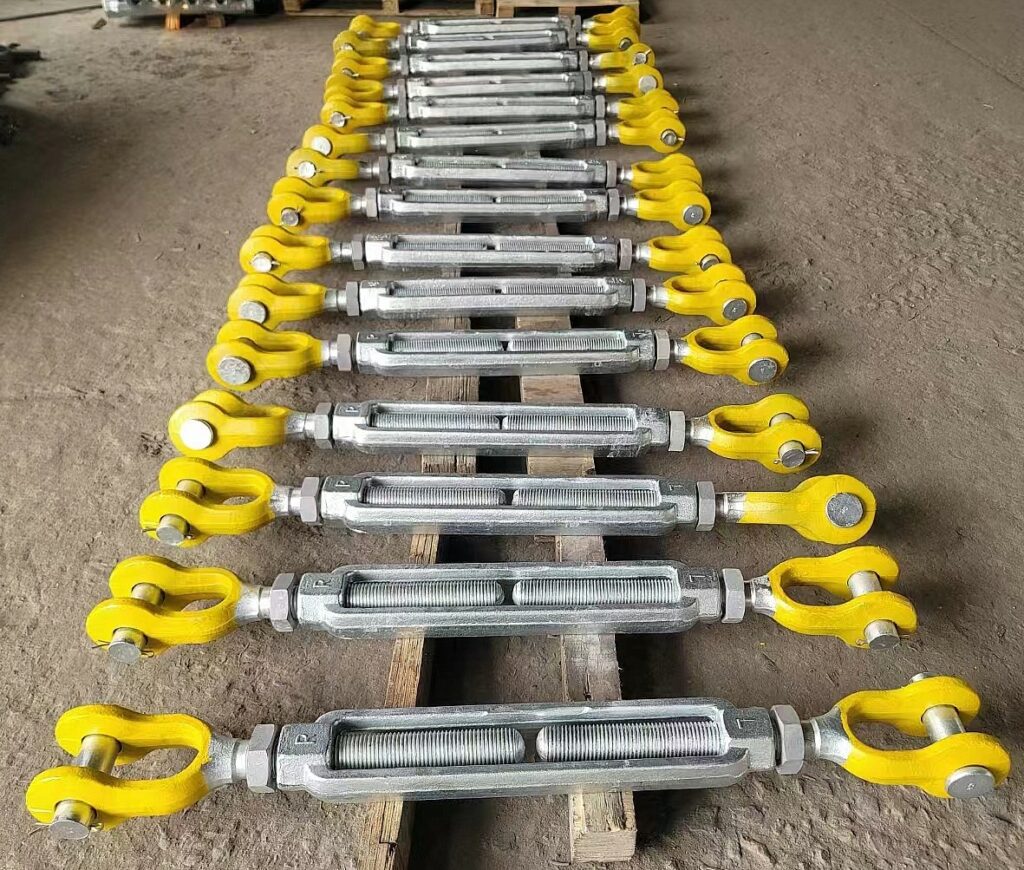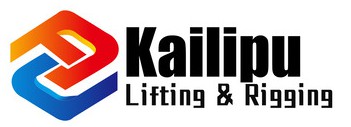Introduction:
In the world of construction, engineering, and various industries, there are countless tools and devices that play vital roles in ensuring stability, strength, and adjustability. One such versatile and widely-used tool is the turnbuckle. Often overlooked, the turnbuckle is a simple yet ingenious device that offers adjustable tension and connection in a wide range of applications. In this blog, we will delve into the details of what a turnbuckle is, its components, functionalities, and explore its diverse uses across different fields.
1.Understanding the Turnbuckle:
A turnbuckle can be described as a mechanical device designed to adjust the length or tension of a tensioning system. It typically consists of a threaded body with opposing threaded eyelets or hooks at each end. The central section of the turnbuckle contains a mechanism that allows for the rotation and adjustment of the body, enabling the desired tension to be achieved. This simple design facilitates ease of installation, adjustment, and removal.
2.Components of a Turnbuckle:
A turnbuckle comprises several key components, each contributing to its functionality:
a) Body:
The central elongated component of the turnbuckle, usually made of metal, acts as the main connector and provides structural support.
b) End Fittings:
The threaded eyelets, hooks, or jaws located at each end of the turnbuckle. They allow for attachment to other components. For cables, rods, or chains.
c) Threads:
The threads on the body and end fittings enable rotation and adjustment of the turnbuckle.
d) Clevis Pins:
In some turnbuckles, clevis pins are used to secure the end fittings, ensuring they remain fixed during operation.

3.Functionality and Applications:
Turnbuckles offer a wide range of functionalities and find applications in various industries. Some of the key uses include:
a) Tensioning Systems:
Turnbuckles are commonly employ to adjust tension in wire ropes, cables, and guy wires. And they allow for precise tightening, ensuring optimal tension and stability in structures such as bridges, towers, and suspension systems.
b) Rigging and Lifting:
In the field of rigging and lifting, turnbuckles are utilize to create tension in lifting slings, securing loads, and adjusting the height of objects. This feature makes them invaluable in industries like construction, maritime, and entertainment.
c) Sports and Recreation:
Turnbuckles are integral components in combat sports like professional wrestling and boxing. For instance they connect the ring ropes allowing for tension adjustment to maintain the desired level of firmness during matches.
d) Fencing and Trellis Systems:
Turnbuckles are often employ in fencing and trellis systems to maintain the desired tension in wires or cables. This ensures the stability and durability of the fencing structure.
e) Mechanical Linkage:
Turnbuckles can also serve as mechanical linkages for adjusting the alignment or tension in various mechanisms, including control systems, linkages, and throttle systems.
4.Types of Turnbuckles:
Turnbuckles come in a variety of designs and materials to suit specific applications. Common types include:

a) Hook and Eye Turnbuckles:
These have hooks on one end and eyelets on the other, allowing for easy attachment to different components.
b) Jaw and Jaw Turnbuckles:
These feature jaw-like end fittings on both ends, which can be secure using clevis pins or bolts.
c) Stub and Stub Turnbuckles:
These have short threaded stubs on each end, allowing for direct attachment to components without additional fittings.
d) Stainless Steel Turnbuckles:
Stainless Steel Turnbuckles: These are commonly used in outdoor or marine applications due to their resistance to corrosion and rust.
Conclusion:
Kailipu is a professional turnbuckle supplier and manufacturer in China. We supply hundreds of high-quality turnbuckles. For any more help, e-mail our specialists at [email protected] for assistance.

